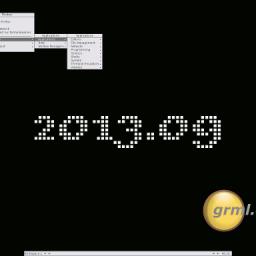What Linux users should know about open hardware
Over at Datamation, Bruce Byfield opines, "What Linux users don't know about manufacturing open hardware can lead them to disappointment." Interesting stuff.
Both the manufacturing and distribution of digital products is controlled by a relatively small number of companies, whose time can sometimes be booked months in advance. Profit margins can be tight, so like movie studios that buy the rights to an ancient sit-com, the manufacturers usually hope to clone the success of the latest hot product. As Aaron Seigo told me when talking about his efforts to develop the Vivaldi tablet, the manufacturers would much rather prefer someone else take the risk of doing anything new. Not only that, but they would prefer to deal with someone with an existing sales record who is likely to bring repeat business. Besides, the average newcomer is looking at a product run of a few thousand units. A chip manufacturer would much rather deal with Apple or Samsung, whose order is more likely in the hundreds of thousands.Off hand, it sounds a bit like the same problem independent authors have with big publishing houses: no one wants to buy or publish anything other than a guaranteed best-seller by a proven author, making it hard for the independent guys to get noticed. The article has some interesting insights into what Aaron Seigo and the Vivaldi (Linux-based open tablet) experienced before they abandoned hope for the project.
